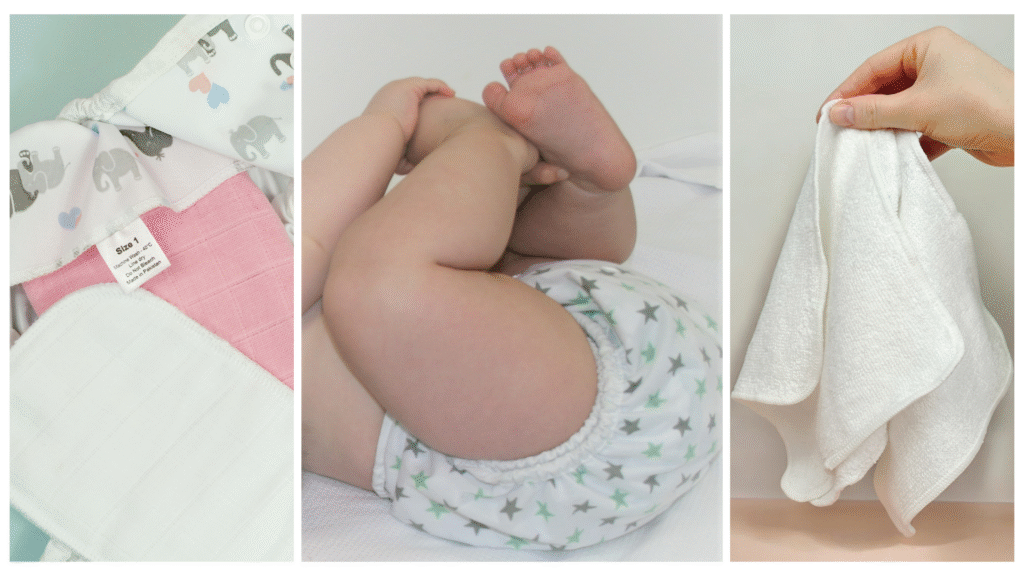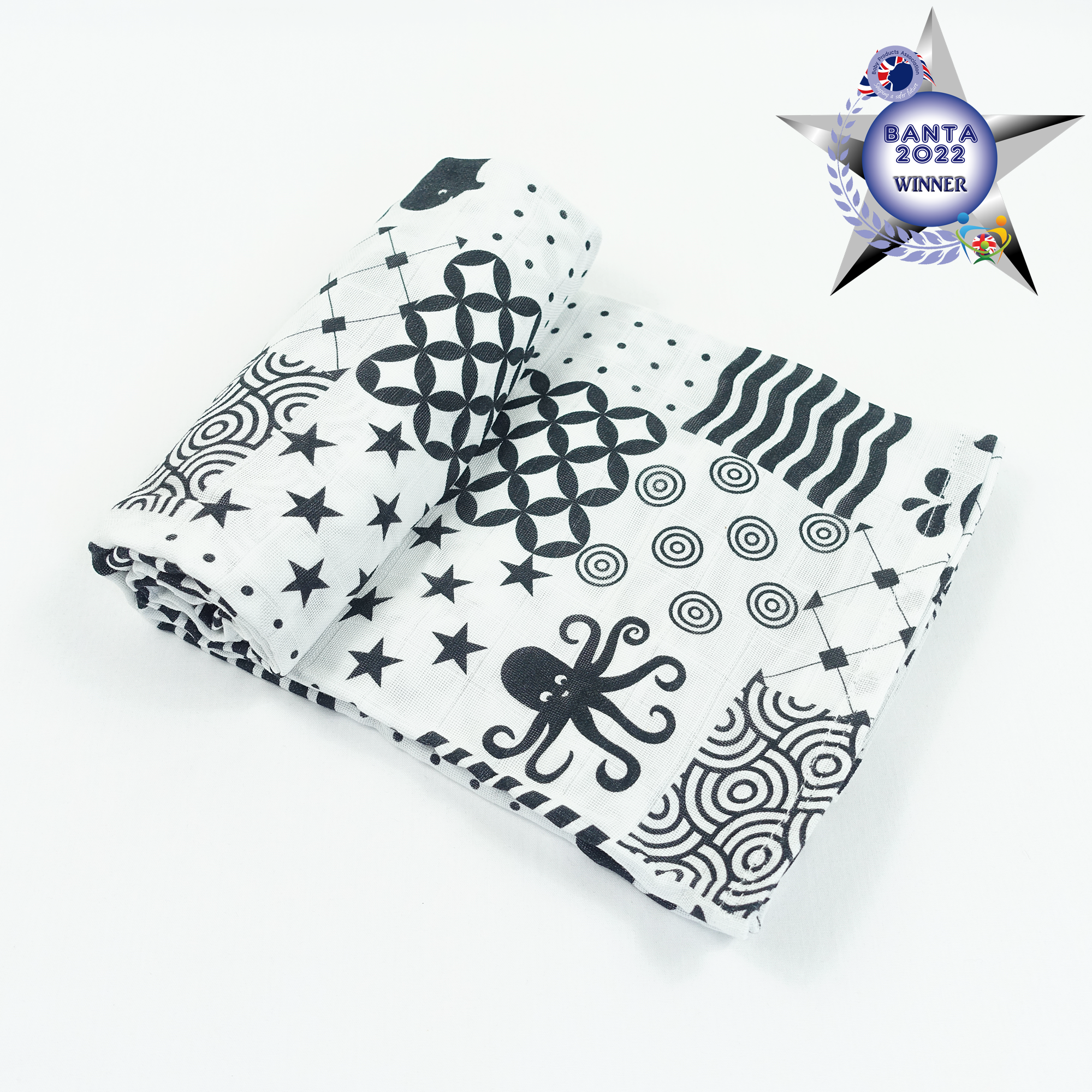
In the past few decades, the debate on baby nappies, sustainability, and waste has been escalating. Disposable nappies took the parenting world by storm in the 1980s, offering a convenient alternative to traditional square terry nappies that required a great deal of effort in folding, soaking, boil washing, and drying. However, little did parents know that disposable nappies would take over 500 years to decompose in landfill and significantly impact the environment. With an average of 5000 nappies used per baby, it raises the question of whether parents would have chosen to use disposable nappies full time had they known the environmental consequences.
Disposable Nappies
Disposable nappies offer convenience and ease of use, are easily obtainable with your weekly shop, and are used once and put in the waste.
Regardless, they are far from being eco-friendly. With their slow decomposition rate and the sheer volume used by each baby, disposable nappies contribute significantly to waste. There are ‘eco brands’ offering disposable nappies, possibly made from more sustainable materials, but all have a layer for waterproofing and all are a single-use item. Also, they do not biodegrade quickly unless in certain conditions.
Once used, local councils deal with all single-use disposable nappies as contaminated waste, entering the waste system. Most UK Councils now incinerate rather than use landfill. Therefore, even an eco disposable is most likely to be burnt. The UK has no recycling or composting facilities for disposable nappies.
Reusable Nappies
Reusable nappies have re-emerged as a sustainable solution. While some new parents may initially find the idea unappealing, reusable nappies have come on a long way since the 1980s. There is a now variety of options to suit different budgets and washing facilities. From the traditional terry nappies, which remain low-cost and practical, to all-in-one nappies with poppers for added convenience, there is a reusable nappy system to fit every family’s needs.
So what is deterring parents from trying reusable nappies? The initial investment, the perceived time and energy costs involved in washing and drying, and confusion about usage and washing are common barriers. However, many cloth nappy manufacturers, sellers, and nappy libraries provide valuable information and assistance to help parents make informed choices. They offer bundle sets, trial options, and even loan programs, accompanied by expert advice to help them overcome these hurdles and give those who want to use cloth the confidence to do so.
The Eco-Friendly Choice
An important question remains: Are reusable nappies truly eco-friendly? According to a recent Life Cycle Assessment (LCA) conducted by DEFRA (Hygiene Services Environmental Management, 2023, p. 14), reusable nappies, including the cost of washing and drying, produce 25% less CO2 emissions compared to single-use disposables. While washing and electricity consumption do have environmental impacts, modern washing machines and detergents are more energy-efficient than their counterparts from the 1980s. Additionally, transitioning to green energy sources further enhances the environmental benefits of cloth nappies.
By incorporating reusable nappies into their routine, even if only part-time, parents and caregivers can make a significant impact on CO2 emissions and waste reduction. Additionally, embracing reusable nappies could help revert the average age of potty training to previous levels when all babies were using cloth, while saving money in the long run.
Conclusion
As we become increasingly aware of the environmental consequences of our choices, returning to reusable baby nappies, even part-time, could contribute to a more sustainable future for our little ones. Perhaps the time has come to make a conscious decision to embrace the more eco-friendly, sustainable option.

References
Hygiene Services Environmental Management, 2023. Life Cycle Assessment (LCA) of Disposable and Reusable Nappies in the UK. Final Report. Defra – Department for Environment, Food and Rural Affairs. Available at: https://assets.publishing.service.gov.uk/government/uploads/system/uploads/attachment_data/file/290683/scho0505bjcw-e-e.pdf (Accessed: 8 July 2024).




